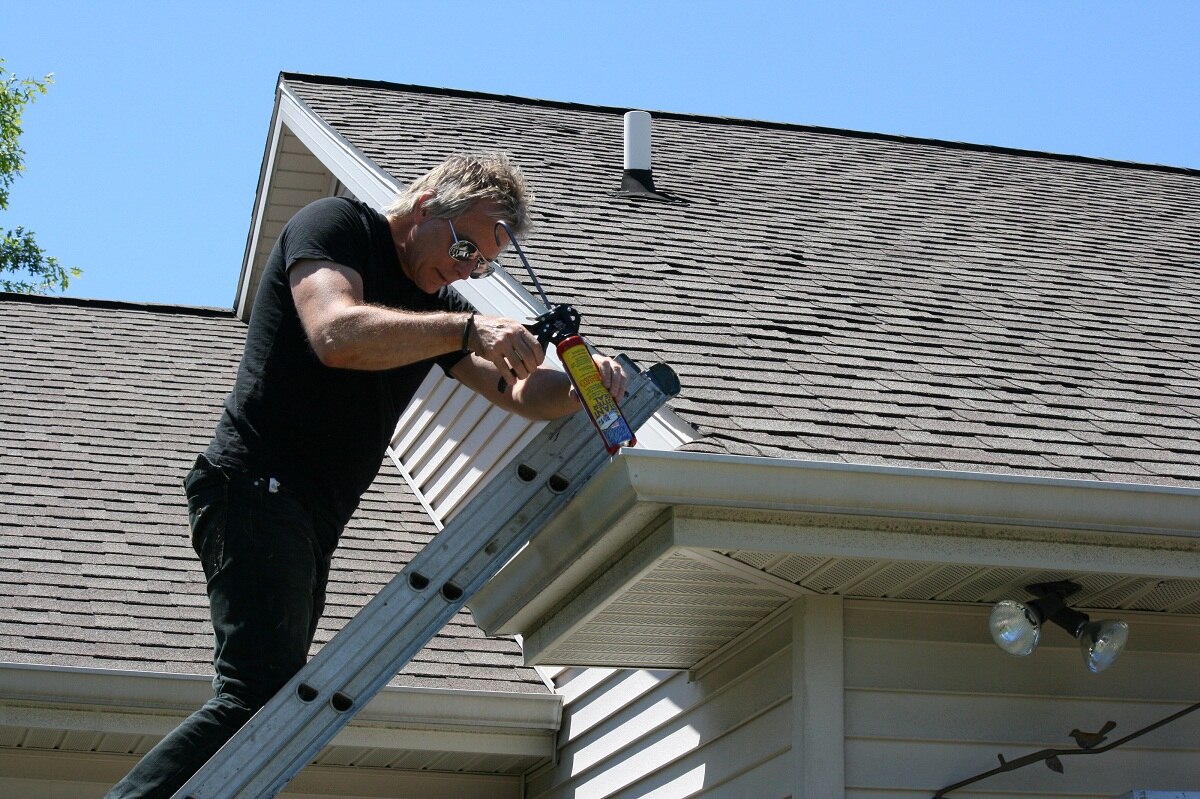

Articles
How To Fix Gutters
Modified: December 7, 2023
Learn effective ways to fix gutters with our informative articles. Find step-by-step guides and helpful tips to maintain and repair your gutters.
(Many of the links in this article redirect to a specific reviewed product. Your purchase of these products through affiliate links helps to generate commission for Storables.com, at no extra cost. Learn more)
Introduction
Gutters are an essential part of every home’s roofing system. They play a crucial role in directing rainwater away from the house, preventing water damage, and preserving the overall structural integrity of the property. However, over time, gutters can become clogged with debris, damaged by severe weather conditions, or simply wear out.
If your gutters are showing signs of wear and tear or are not functioning properly, it’s essential to address the issue promptly. Neglecting gutter issues can lead to water pooling around the foundation, causing foundation damage, basement flooding, and even structural instability.
The good news is that many gutter problems can be fixed without having to replace the entire system. With a little knowledge and the right tools, you can tackle common gutter repairs and maintenance tasks yourself. Not only will this save you money, but it will also ensure your gutters are in top condition, ready to protect your home from the elements.
In this article, we will guide you through a step-by-step process to fix your gutters and keep them in excellent working order. From assessing the damage to sealing leaks and cracks, you’ll learn how to address common gutter issues effectively. So grab your tools and let’s get started on restoring your gutters to their peak performance!
Key Takeaways:
- Regular gutter maintenance is crucial for preventing water damage and preserving your home’s structural integrity. By following a step-by-step repair process and reinforcing gutters, you can ensure optimal functionality and protection.
- Clearing debris, sealing leaks, and reinforcing gutters are essential steps in maintaining a functional gutter system. Prioritize safety, regular maintenance, and prompt repairs to safeguard your home from potential water damage.
Read more: How To Fix Leaky Gutters
Step 1: Assessing the Damage
Before you begin any gutter repairs, it’s crucial to assess the extent of the damage. This will help you determine the necessary repairs and materials needed.
Start by inspecting the entire length of your gutters, both from the ground and from a ladder. Look for signs of sagging, loose fasteners, cracks, holes, and rust. Pay attention to any areas where the gutters are detached from the fascia board.
Examine the downspouts for clogs or blockages. If water is not properly draining through the downspouts, it could indicate a blockage that needs to be cleared.
Additionally, check for any signs of water damage on your home’s exterior walls or foundation. This can be an indication of gutter malfunction or overflow.
Once you have identified the specific issues, take note of the repairs needed, such as tightening loose fasteners, sealing leaks, or replacing damaged sections of the gutter.
Remember to prioritize safety throughout the assessment process. Use a stable ladder and wear appropriate protective gear, such as gloves and safety glasses.
By thoroughly assessing the damage, you’ll be well-prepared to proceed with the necessary repairs and ensure your gutters are functioning optimally.
Step 2: Gathering the Necessary Tools and Materials
Now that you have assessed the damage to your gutters, it’s time to gather the tools and materials you will need to complete the repairs. Having everything prepared in advance will help streamline the process and ensure you have everything you need within reach.
Here is a list of tools and materials you may require:
- Gloves
- Safety glasses
- Ladder
- Screwdriver or drill
- Gutter spikes or screws
- Gutter sealant or caulk
- Gutter patch kits
- Gutter cleaning scoop or trowel
- Gutter brush or wire brush
- Plumber’s snake or auger
- Bucket or trash bag
- Water hose
- Downspout extensions
It’s important to note that the specific tools and materials required will depend on the repairs needed and the type of gutter system you have. For example, if you have seamless gutters, you may need specialized tools or materials to repair them.
Before purchasing any materials, measure the length of the damaged gutter sections to ensure you get the correct size. If you are unsure, seek advice from a professional or consult the manufacturer’s instructions.
Prepare a workspace near your gutter area where you can comfortably work and have easy access to your tools and materials. Lay out your tools and organize your materials so that they are easily accessible during the repair process.
By gathering all the necessary tools and materials beforehand, you’ll be well-prepared to tackle your gutter repairs efficiently and effectively.
Step 3: Clearing the Gutters of Debris
One of the most common issues with gutters is the accumulation of debris, such as leaves, twigs, and dirt, which can clog the system and prevent proper water drainage. Before proceeding with any repairs, it’s essential to clear your gutters of debris.
Here’s a step-by-step guide to clearing the gutters:
- Put on your gloves and safety glasses to protect your hands and eyes.
- Set up your ladder securely and position it near the area you want to start clearing.
- Using a gutter cleaning scoop or trowel, remove the large debris, such as leaves and twigs, from the gutter. Place the debris into a bucket or a trash bag for easy disposal.
- After removing the major debris, use a gutter brush or wire brush to clean out any smaller debris or dirt that may be stuck to the sides or bottom of the gutter.
- If the downspouts are clogged, use a plumber’s snake or an auger to clear the blockage. Insert the snake into the downspout and twist it clockwise to break up the clog.
- If water still does not flow freely through the downspout, use a water hose to flush out any remaining debris. Direct the water flow into the downspout and observe if it flows smoothly.
Repeat these steps for each section of the gutter system until all the debris has been cleared. Take your time and ensure that you remove as much debris as possible.
Regular gutter cleaning helps prevent clogs and ensures that your gutters function properly. Aim to clean your gutters at least twice a year, in the spring and fall, or more frequently if you live in an area with heavy foliage.
By clearing your gutters of debris, you’ll allow for unobstructed water flow, reducing the risk of overflow and potential damage to your home.
Step 4: Repairing or Replacing Loose or Damaged Gutters
After clearing the gutters of debris, it’s time to address any loose or damaged sections. Loose gutters can lead to water leakage and potential structural damage, so it’s important to repair or replace them as needed.
Here’s a guide to repairing or replacing loose or damaged gutters:
- Inspect the gutter fasteners and brackets. If they are loose or damaged, tighten or replace them with new ones.
- If there are sections of the gutter that are sagging or pulling away from the fascia board, use gutter spikes or screws to reattach them. Make sure to drive the spikes or screws into the fascia board securely.
- If a section of the gutter is severely damaged or corroded, it may need to be replaced. Measure the length of the damaged section and purchase a new one of the same size and material.
- Remove the damaged section by unscrewing the fasteners at each end. Carefully remove any remaining debris or sealant.
- Install the new gutter section by aligning it with the neighboring pieces and attaching it with the appropriate fasteners.
- Ensure that the new section is securely fastened and level with the rest of the gutter system.
For seamless gutters, it is recommended to consult a professional for repairs or replacement, as specialized tools and expertise may be required.
It’s important to note that if you’re not comfortable with heights or working on a ladder, or if the repairs are beyond your abilities, it’s best to seek the help of a professional gutter repair service. Safety should always be a top priority.
By addressing loose or damaged gutters promptly, you’ll prevent further water damage and maintain the structural integrity of your home.
Regularly clean and remove debris from your gutters to prevent clogging and ensure proper water flow. Use a sturdy ladder and gloves for safety.
Read more: How To Fix Overflowing Rain Gutters
Step 5: Sealing Leaks and Cracks
Leaking gutters can cause water to seep into your home, leading to damage to the walls, ceilings, and foundation. To prevent this, it’s important to seal any leaks or cracks in your gutter system.
Here’s how you can seal leaks and cracks in your gutters:
- Clean the area around the leak or crack using a wire brush or a clean cloth. This will remove any debris that could affect the adhesion of the sealant.
- Inspect the area carefully and identify the specific point(s) where the leak or crack is located.
- Apply a gutter sealant or caulk to the affected area. Make sure to choose a sealant that is designed for gutters and is compatible with the material of your gutter system.
- Using a caulk gun, apply a thin, consistent bead of sealant along the length of the leak or crack. Smooth the sealant with a gloved finger or a putty knife to ensure proper adhesion.
- Allow the sealant to dry completely according to the manufacturer’s instructions. This will typically take a few hours.
- Once the sealant is dry, test the repaired section by running water through the gutters. Make sure there are no visible leaks or water seepage.
Remember to follow the manufacturer’s instructions when applying the sealant and use proper ventilation if the sealant emits strong fumes.
It’s important to seal leaks and cracks promptly to prevent further water damage and ensure the proper functioning of your gutters. Regular maintenance and inspection can help identify and address small leaks before they become major issues.
If you encounter extensive leaking or multiple leaks in your gutter system, it may be a sign of more significant structural problems. In such cases, it’s advisable to seek professional help to ensure thorough repairs.
By sealing leaks and cracks, you’ll ensure that your gutters effectively channel water away from your home, protecting it from potential damage.
Step 6: Reinforcing Gutters for Added Strength
Reinforcing your gutters is a proactive step to enhance their strength and durability, especially in areas prone to severe weather conditions. By reinforcing your gutters, you can help prevent sagging, bending, and other forms of damage that may compromise their effectiveness.
Here are some ways to reinforce your gutters:
- Install gutter hangers or brackets to provide additional support along the length of your gutters. These hangers or brackets help distribute the weight of the gutter system more evenly and reduce stress on the fasteners.
- Consider installing gutter guards or screens to prevent debris from entering the gutter system. This not only helps keep gutters clog-free but also reduces the weight of debris that can cause strain on the gutters.
- If you live in an area with heavy snowfall, reinforce your gutters with snow guards to prevent ice and snow from sliding down and damaging the gutters. Snow guards can help distribute the weight of snow evenly and minimize the risk of gutter collapse.
- Inspect the fascia board that supports the gutters. If it shows signs of rot or damage, replace it to provide a sturdy base for the gutter system.
- Consider adding downspout extensions to direct water further away from your home’s foundation. This can help prevent water pooling and potential damage caused by excessive moisture.
- Regularly inspect and maintain your gutters to address any minor issues before they escalate. This includes removing debris, tightening loose fasteners, and ensuring proper alignment of the gutters.
Reinforcing your gutters can help prolong their lifespan and ensure they can withstand the elements. It’s important to choose the right materials and techniques based on your specific gutter system and the prevailing weather conditions in your area.
If you’re unsure about the best reinforcement methods for your gutters or need assistance with the installation, consider consulting a professional gutter specialist. They can provide expert advice and ensure the proper reinforcement of your gutter system.
By reinforcing your gutters, you’ll have peace of mind knowing they are strong and reliable, effectively protecting your home from water damage.
Step 7: Cleaning and Maintaining Gutters Regularly
Regular cleaning and maintenance of your gutters is essential to keep them in optimal condition and ensure they function properly. By following a regular maintenance routine, you can prevent clogs, leaks, and other gutter problems, extending their lifespan and protecting your home from water damage.
Here’s a guide to cleaning and maintaining your gutters:
- Set a schedule for gutter cleaning. Aim to clean your gutters at least twice a year, in the spring and fall, or more frequently if you live in an area with heavy foliage.
- Put on gloves and safety glasses before starting any gutter cleaning tasks.
- Using a ladder, carefully access your gutters and remove any debris, such as leaves, twigs, and dirt, by hand or with a gutter cleaning scoop or trowel. Place the debris in a bucket or trash bag for easy disposal.
- If the downspouts are clogged, use a plumber’s snake or an auger to clear the blockage. Alternatively, you can use a water hose with a high-pressure nozzle to flush out any remaining debris.
- Inspect the gutters for any signs of damage, such as leaks, cracks, or sagging sections. Address any issues promptly, following the repair steps outlined earlier in this article.
- Check the gutter hangers or brackets to ensure they are secure. Tighten or replace any loose or damaged hangers.
- Inspect the fascia board behind the gutters for any signs of rot or damage. If necessary, repair or replace the fascia board to provide a stable base for the gutters.
- Consider installing gutter guards or screens to prevent debris from accumulating in the gutters. These protective measures can reduce the frequency of gutter cleaning and minimize the risk of clogs.
- Inspect the downspouts for any obstructions or blockages. Ensure that water flows freely through the downspouts and away from your home’s foundation.
- Regularly monitor your gutters during heavy rainfall to ensure there are no overflow issues. If water overflows from the gutters, it may indicate a clog or other problems that need immediate attention.
Maintaining a regular gutter cleaning and maintenance routine will help you avoid costly repairs and potential water damage to your home. If you’re unable to perform these tasks yourself or if you have a complex gutter system, it’s advisable to hire a professional gutter cleaning service.
By regularly cleaning and maintaining your gutters, you’ll ensure their longevity, prevent water damage, and keep your home well-protected.
Conclusion
Maintaining and repairing gutters is an essential task for homeowners to ensure the protection and integrity of their homes. By following the steps outlined in this article, you can easily address common gutter issues and keep your gutters in optimal condition.
Assessing the damage, gathering the necessary tools and materials, clearing debris, repairing or replacing damaged sections, sealing leaks and cracks, reinforcing the gutters, and regularly cleaning and maintaining them are all crucial steps in maintaining a functional gutter system.
Remember to prioritize safety throughout the process by wearing protective gear and using stable ladders. If you are uncomfortable working at heights or if the repairs are beyond your capabilities, it is recommended to seek professional help.
Regular maintenance of your gutters, including removing debris, tightening fasteners, and inspecting for damage, is crucial to prevent water damage and prolong the lifespan of your gutter system. Additionally, installing gutter guards can help reduce the frequency of cleaning and minimize the risk of clogs.
By taking the time to address gutter issues promptly and implementing a regular maintenance routine, you can protect your home from water damage, preserve its structural integrity, and ensure that your gutters effectively direct rainwater away from your property.
So, don’t neglect your gutters! Give them the attention they deserve and enjoy the peace of mind that comes with knowing your home is well-protected.
Frequently Asked Questions about How To Fix Gutters
Was this page helpful?
At Storables.com, we guarantee accurate and reliable information. Our content, validated by Expert Board Contributors, is crafted following stringent Editorial Policies. We're committed to providing you with well-researched, expert-backed insights for all your informational needs.
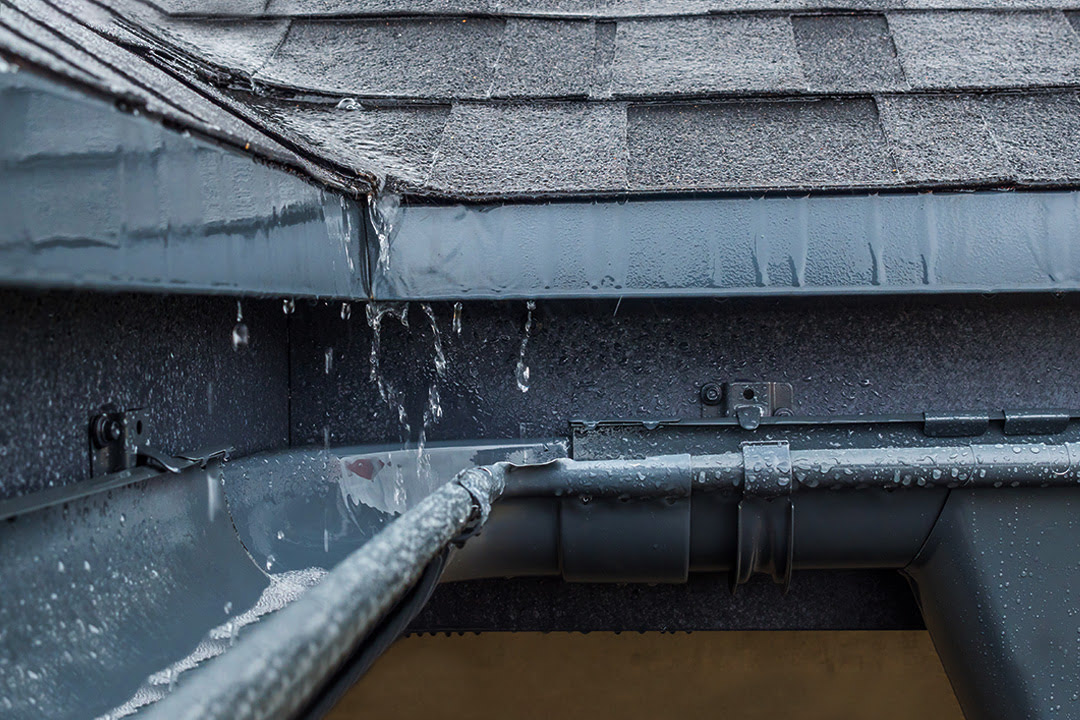
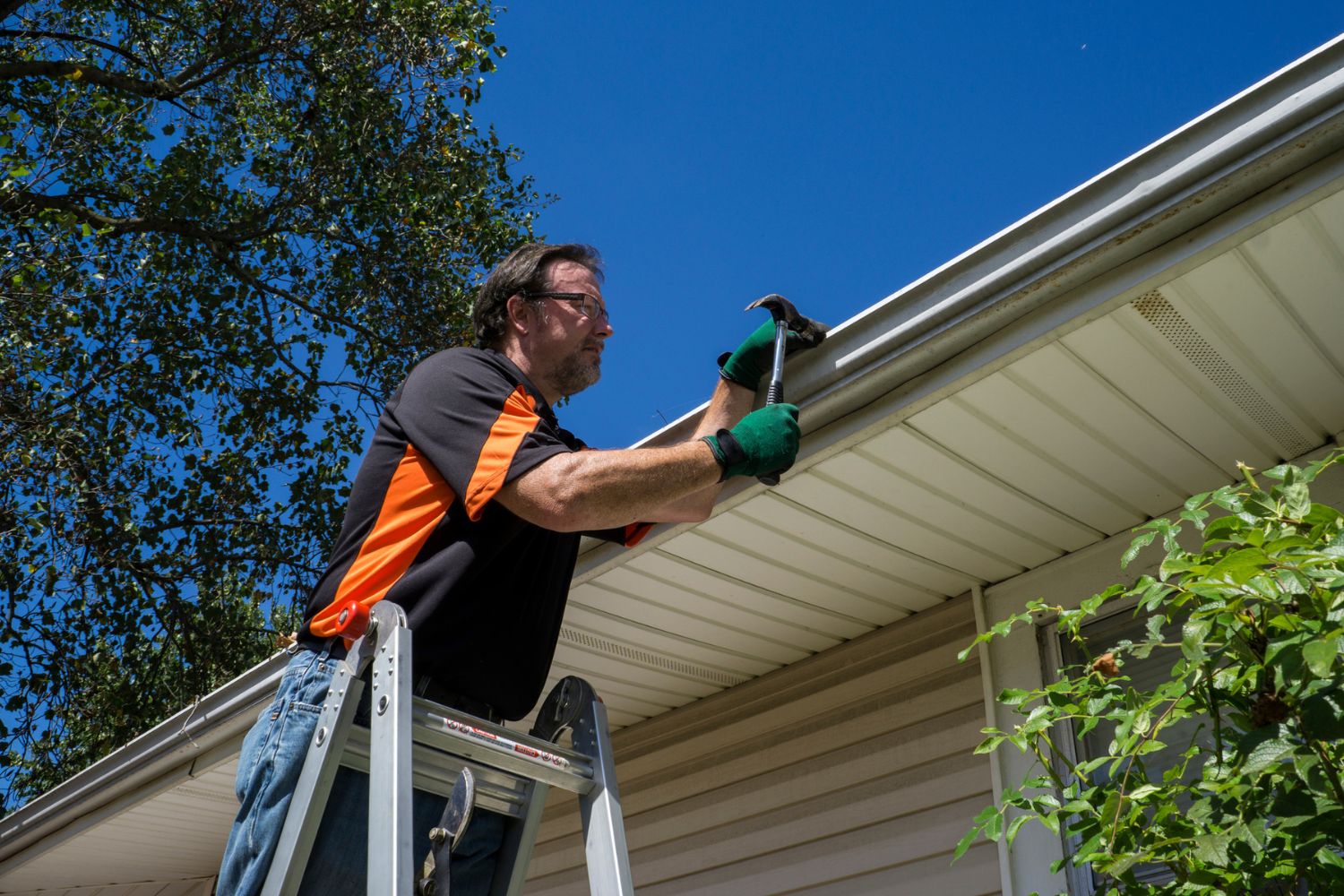
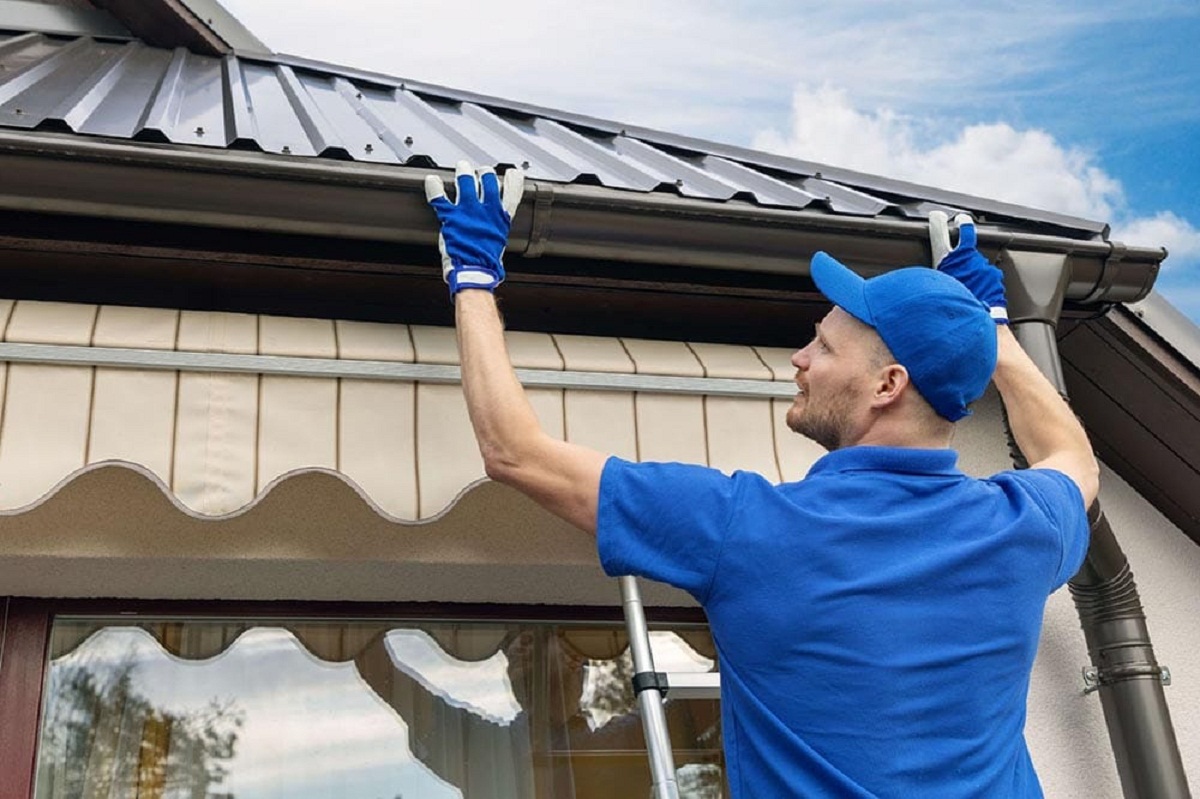
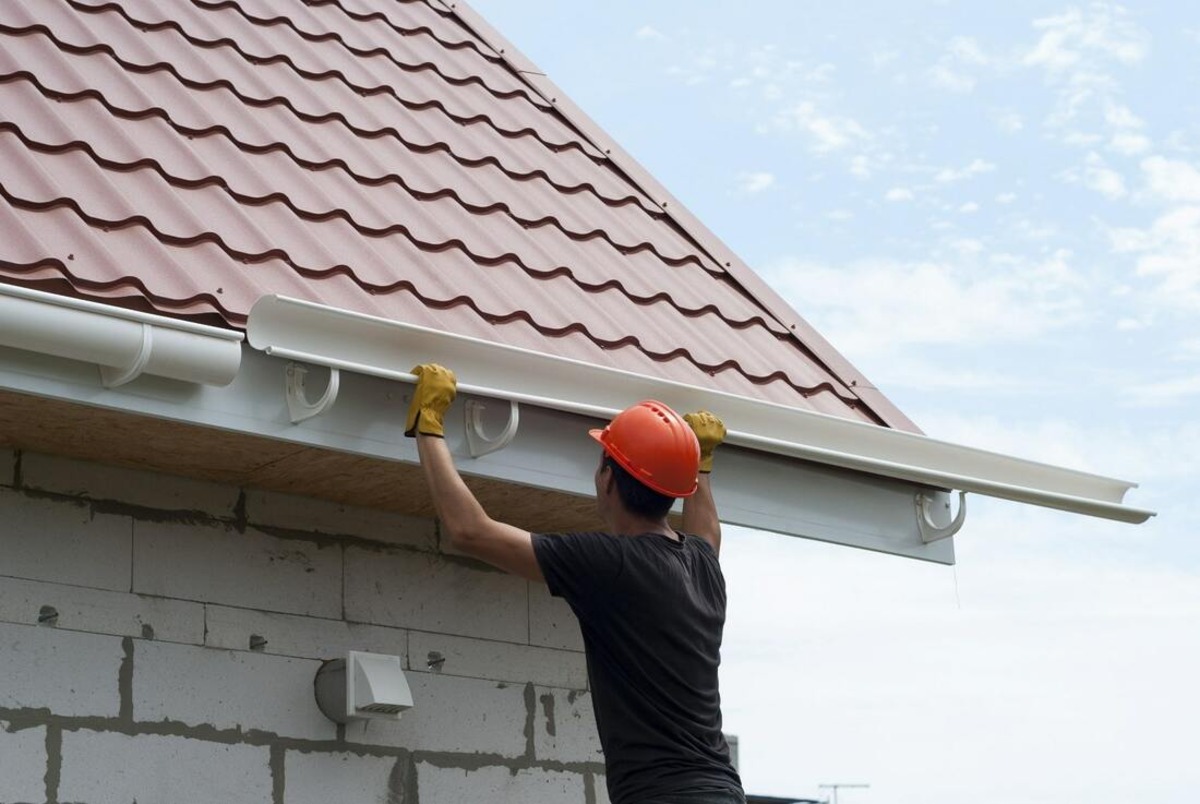
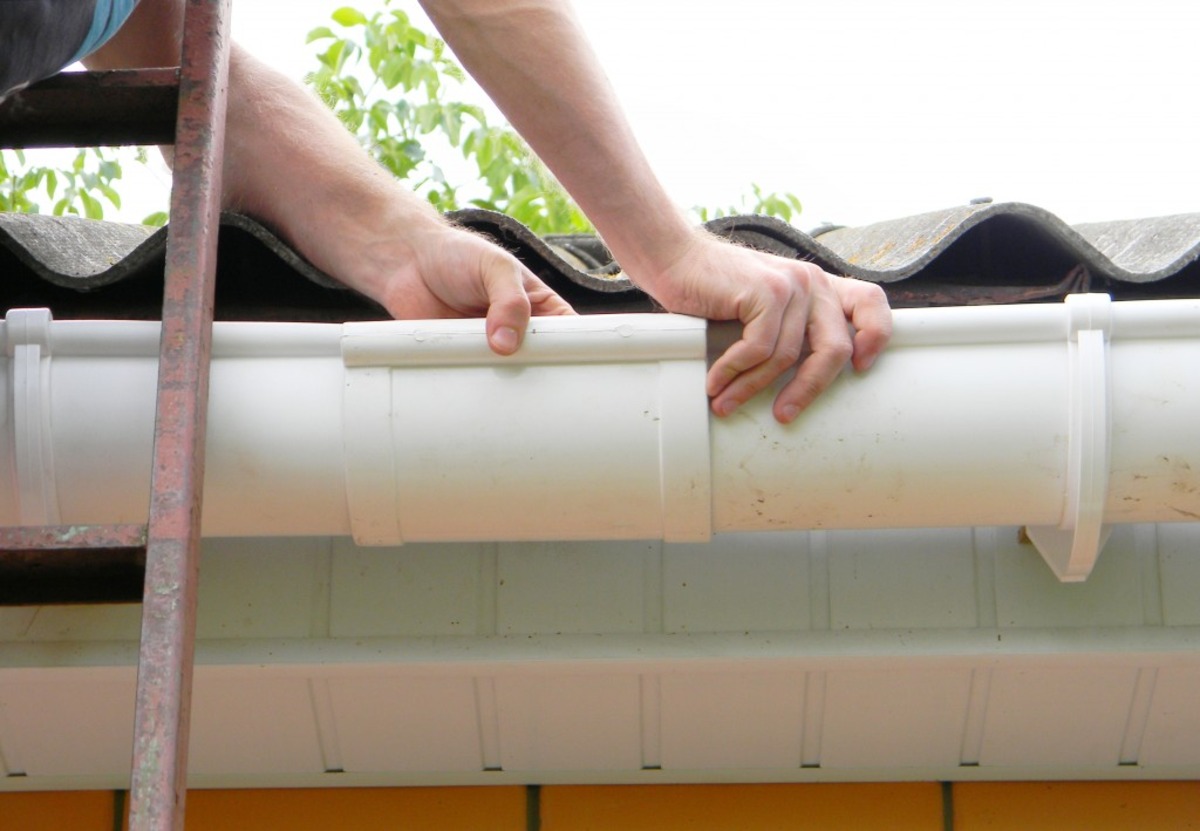
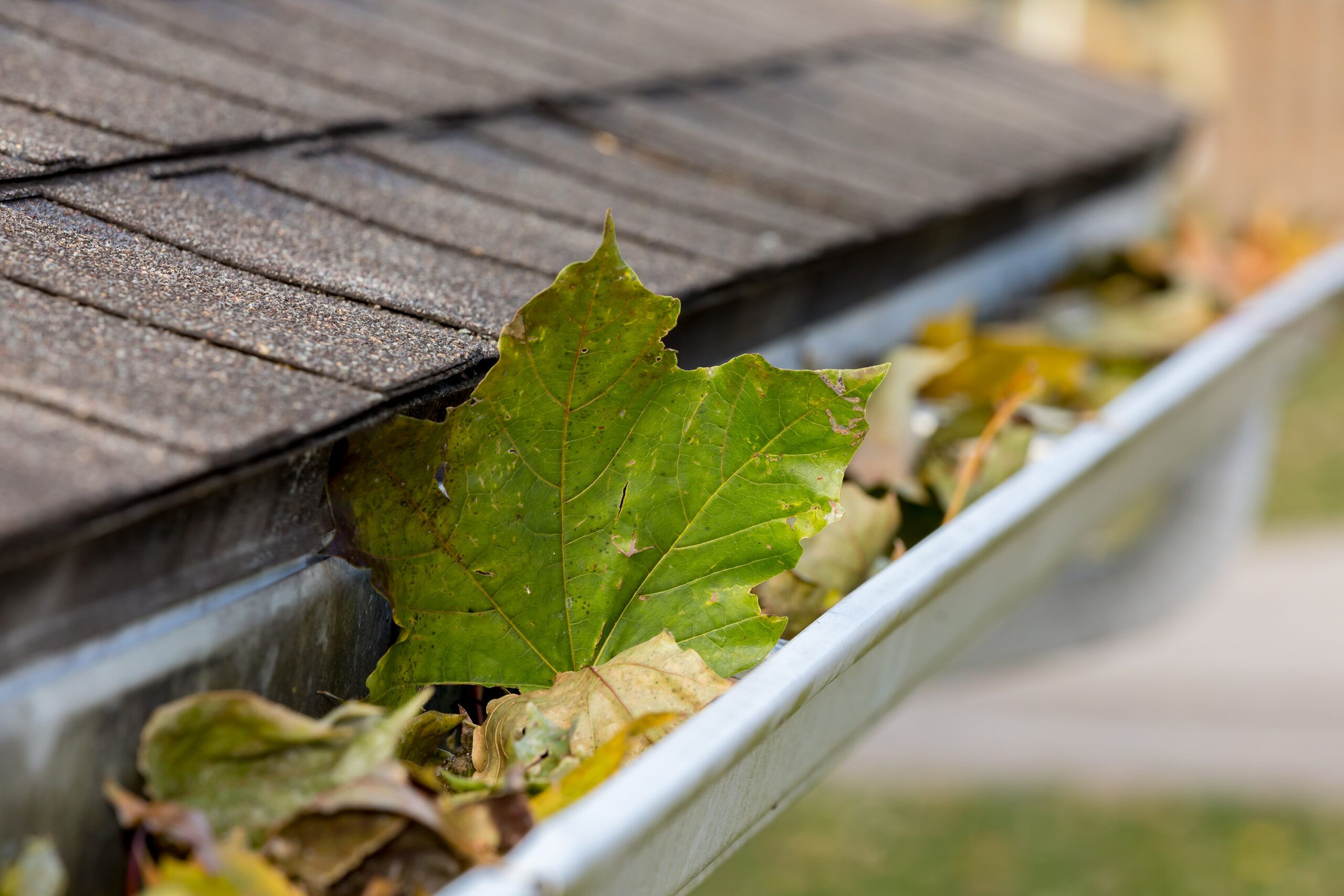
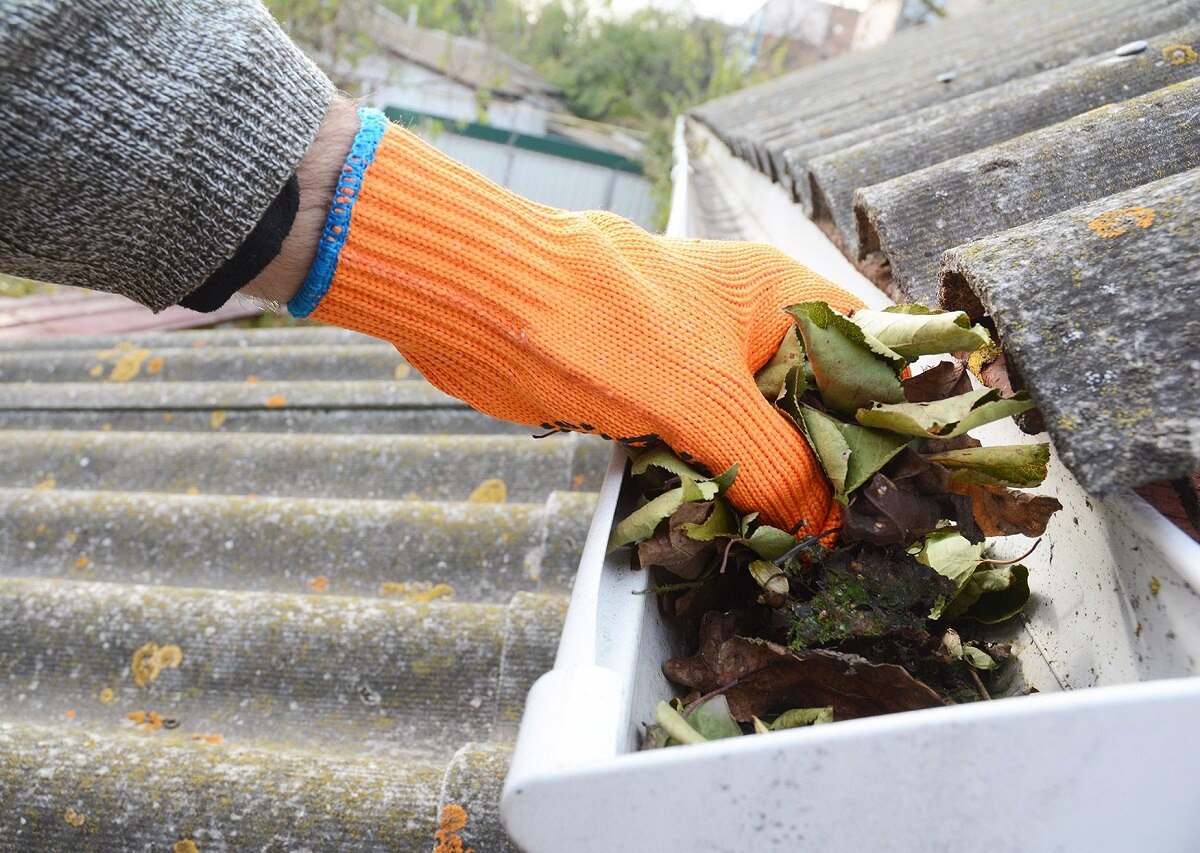
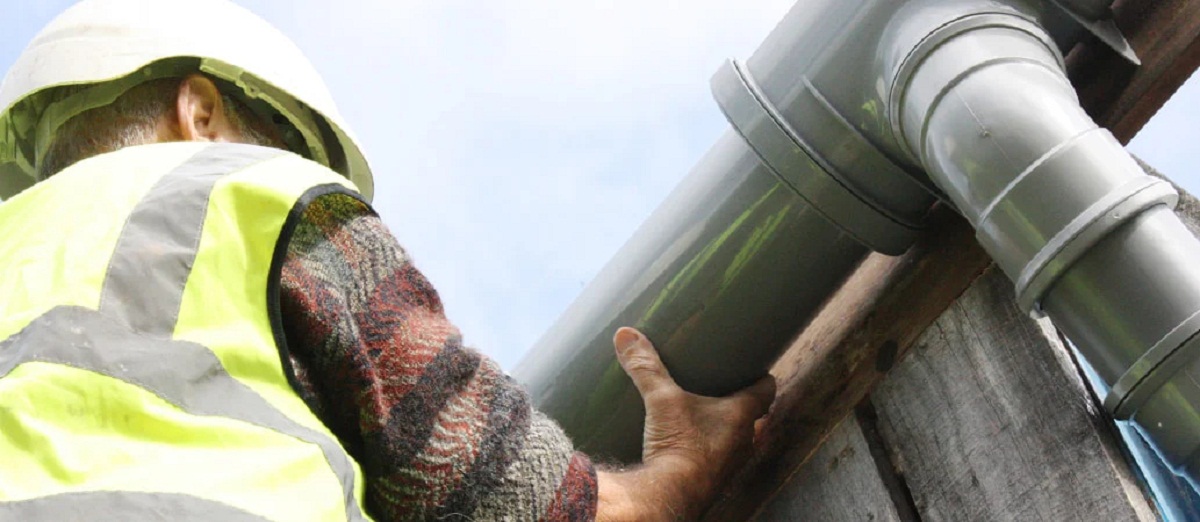
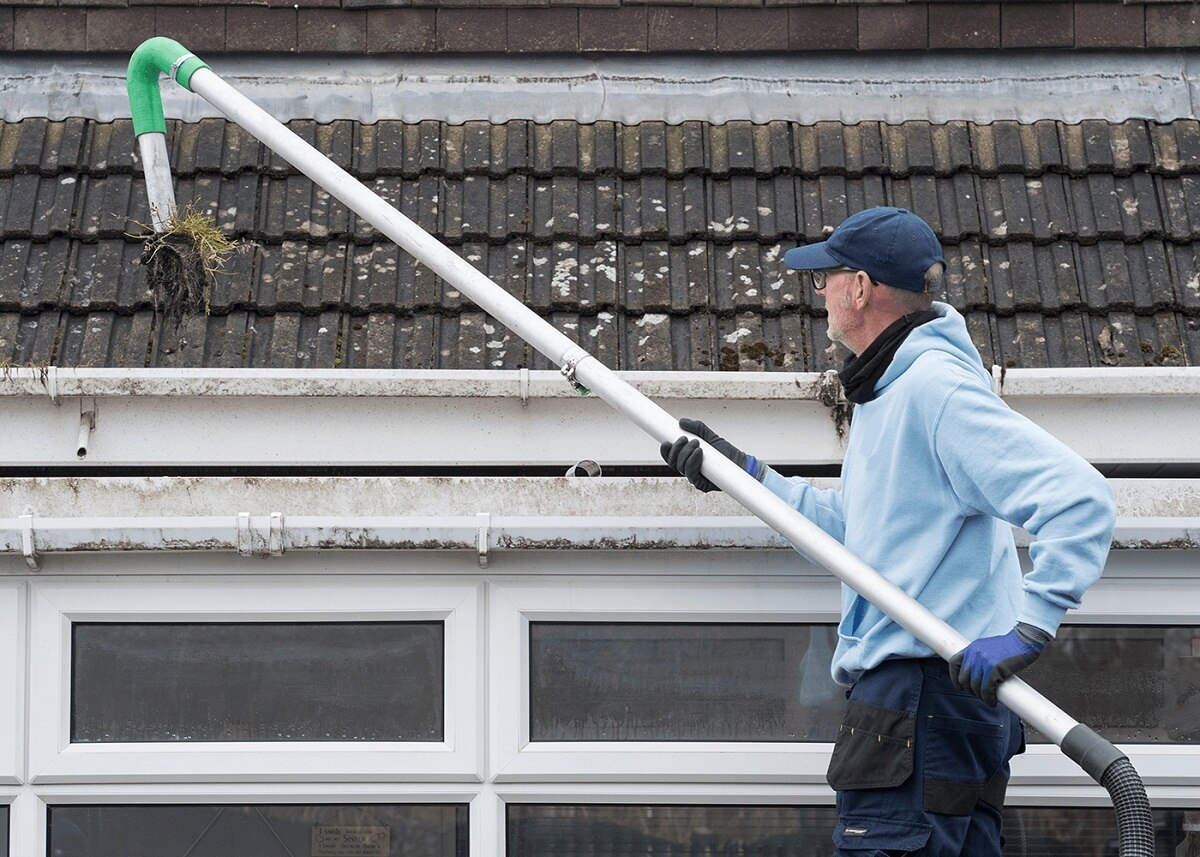
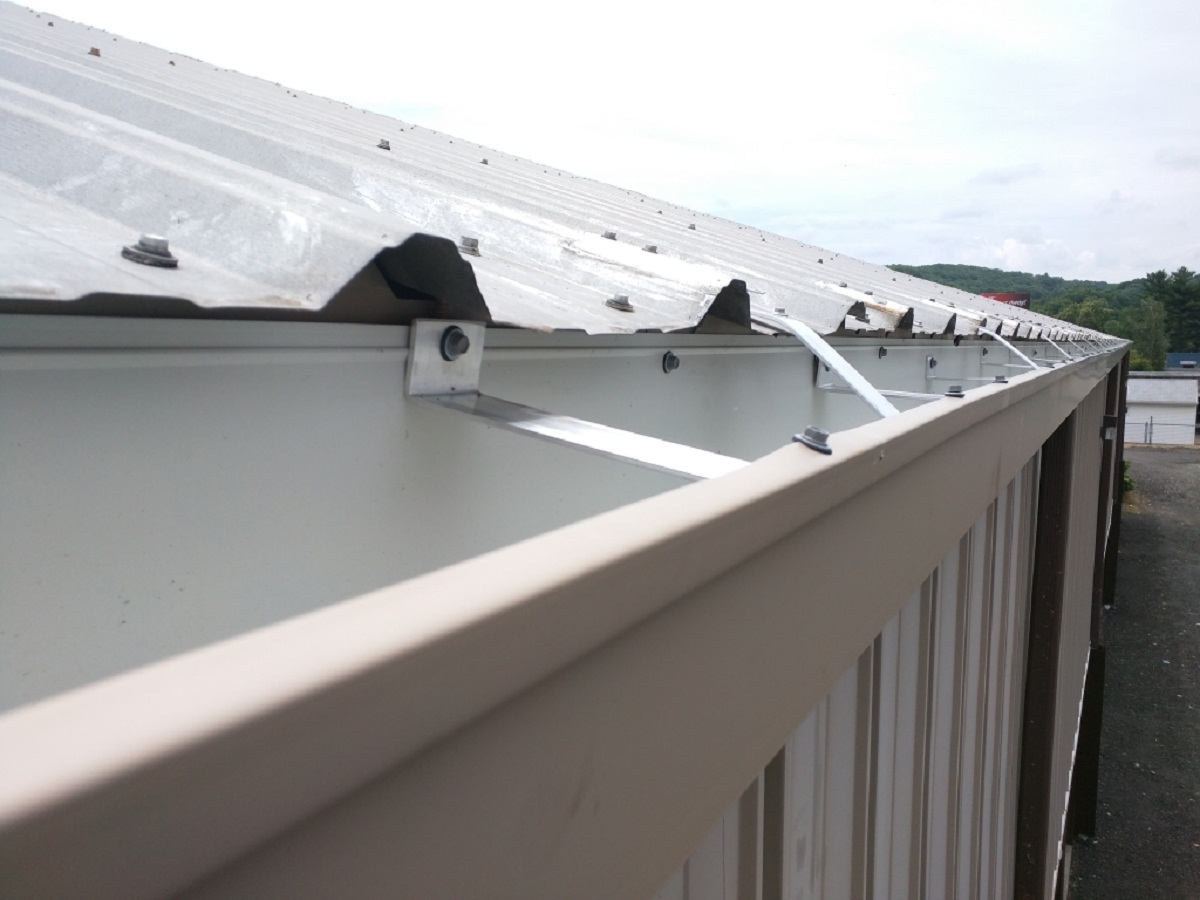
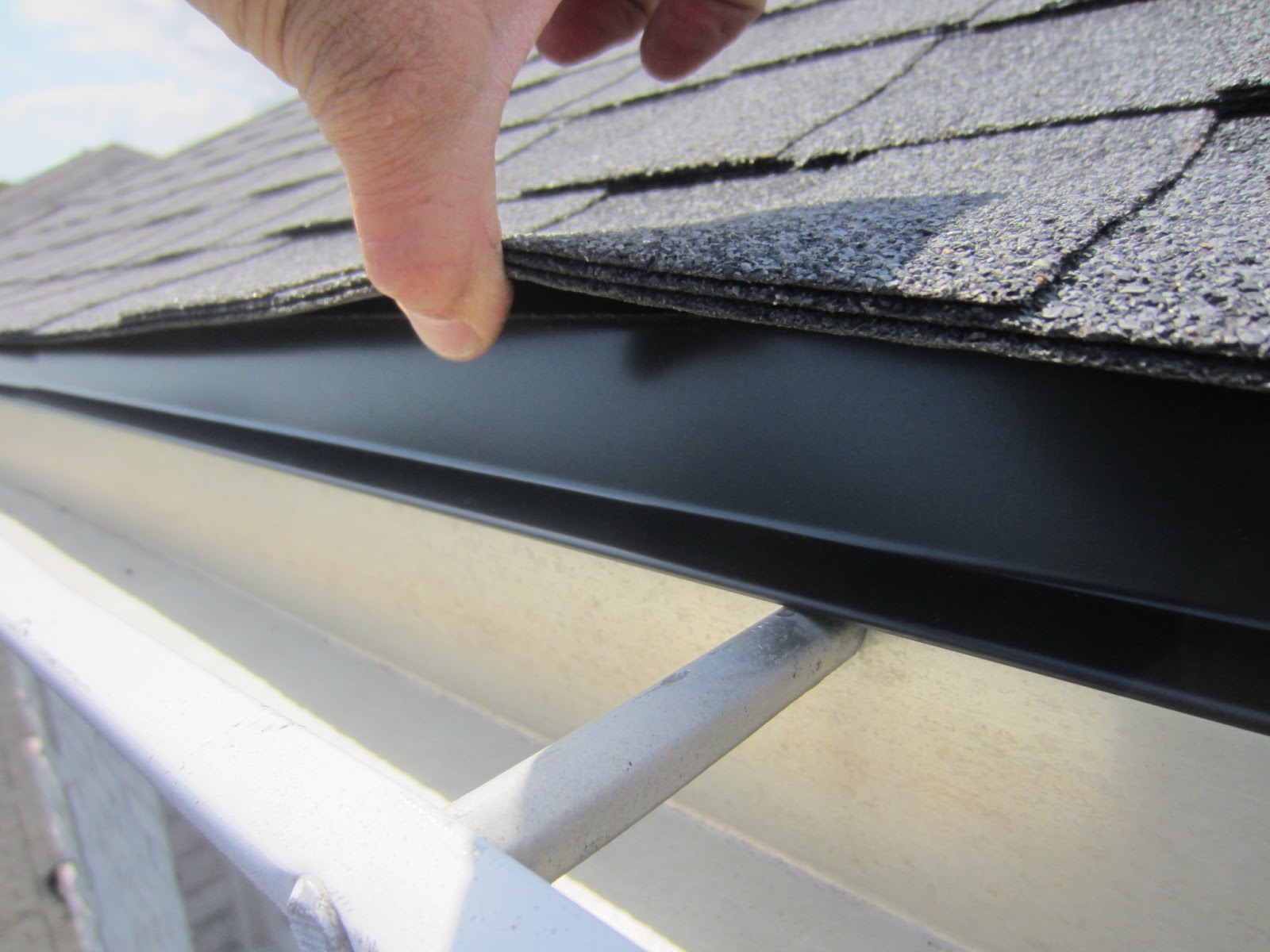
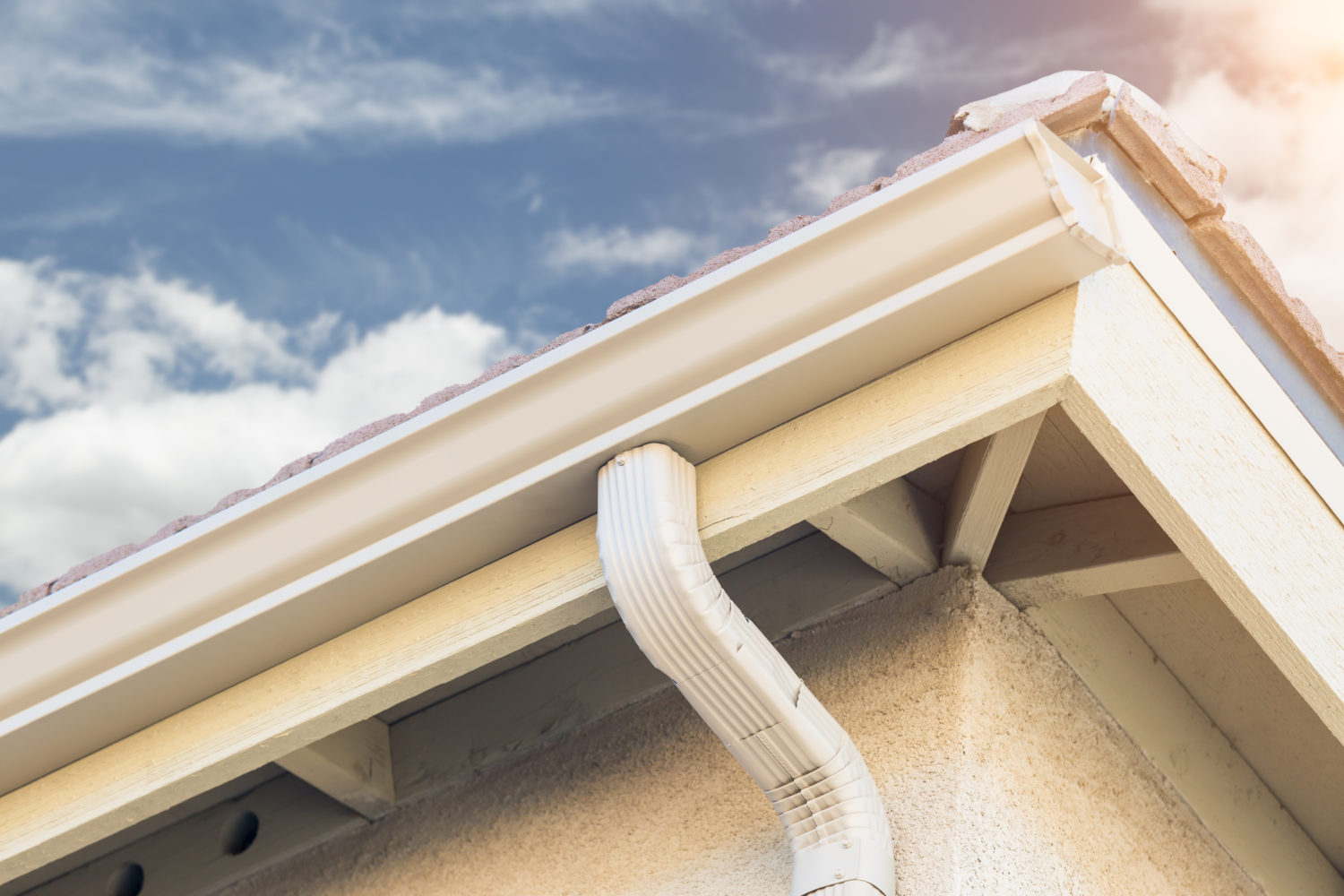
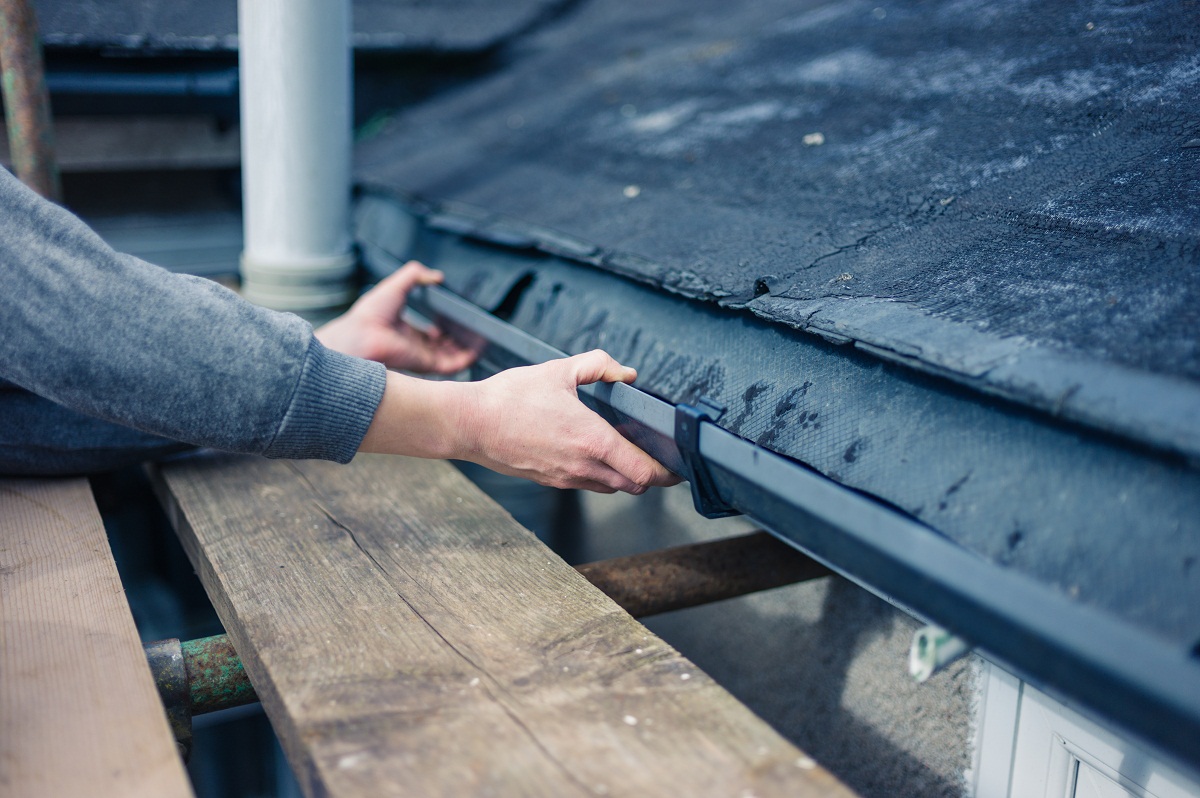
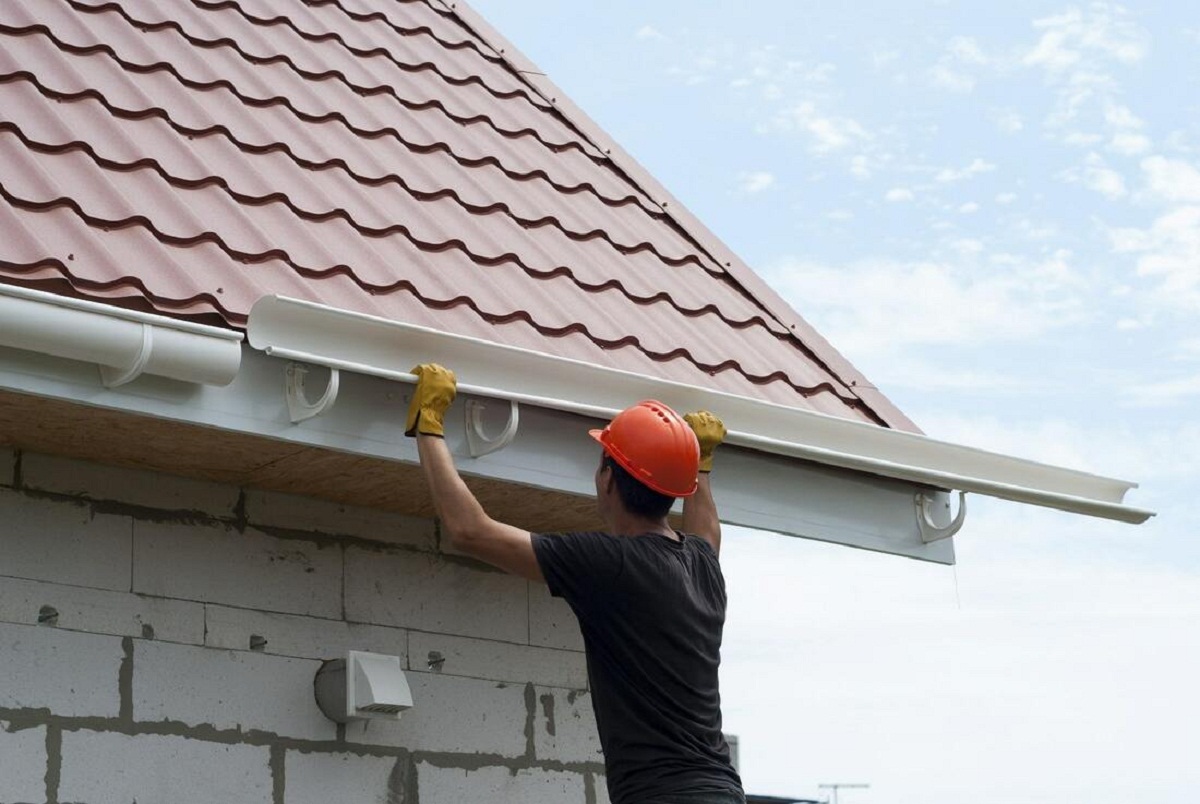

0 thoughts on “How To Fix Gutters”